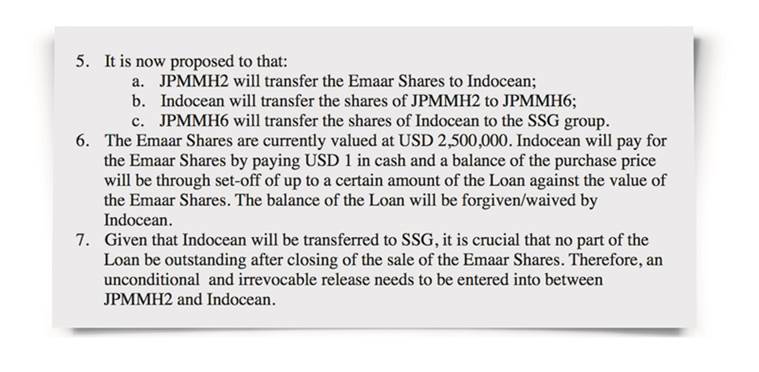Factors such as refinancing needs and a decline in borrowing costs in overseas debt markets has fuelled Indian foreign currency bond issuances, which have already crossed $13 billion this year. Madhur Agarwal, head of debt capital market at JPMorgan India tells Bhavik Nair in an interview that he expects issuance volume to remain robust next year as well. Agarwal also asserts that pricing for an Indian credit has typically been better compared to some of its Asian peers. Excerpts:
Is there any impact of the sovereign rating upgrade on Indian bond issuance?
Appetite for Indian issuers amongst international investors has been high this year and this was exaggerated by the rating upgrade. We have seen an average tightening of around five basis points for investment grade names in India post the rating upgrade by Moody’s. The tightening has been higher for quasi sovereign names given the direct upgrade in ratings for many of them. Reliance Industries priced the tightest 10-year US dollar bond from India’s corporate sector on Monday, raising $800 million at just 130 bps over the 10-year US Treasury yield. This is the tightest ever spread over US Treasury for an Indian entity for a 10-year issuance.
How are other Asian peers faring in the foreign currency bond market?
China is the biggest issuer in Asia, followed by South Korea and Hong Kong. I would rate Indonesia as the closest peer to India in Asia and both have done similar volumes. If you look at the G3 issuances year-to-date, Indonesia accounted for about $16.5 billion while India accounted for about $14 billion. Indonesia has the benefit of sovereign issuance, which contributes to its volume share, while India does not access the foreign currency bond market with sovereign paper. However, typically, pricing for an Indian credit for a similar rating tends to be better. Indian paper has traditionally traded tighter than what the external rating reflects.
Do investors have asset allocation mandates country-wise? What’s the appetite for Chinese paper?
I won’t say they have defined mandates country-wise. Investors prefer to diversify and, therefore, look at all countries. China constitutes nearly two-thirds of the market and that is driven by the number and size of issuers tapping this market. China accounts for around $185 billion of issuances out of total G3 currency debt issuances of $275 billion from Asia this year so far. So, investors do not have a choice as China provides the highest volumes. However, investors do tend to diversify across geographies. India has a limited supply, which leads to higher interest and therefore a pricing benefit.
Why do you think supply from India is so less?
Offshore borrowings in India are governed by External Commercial Borrowing guidelines that have minimum tenor requirements, maximum pricing, end-use restrictions etc. This limits the number of issuers who can access this market. Further, investment climate in India has still not picked up. Corporates are not really setting up new capacities. We see more of refinancing trades which are not always possible under the ECB guidelines.
What is your outlook for next year?
This year we saw record number of debut high yield issuers, which may not be sustainable next year. Activity in renewable energy sector is also constrained due to limited availability of FPI limits. However, I see a few factors that could drive volumes up next year. If mergers and acquisitions gather steam, that could be a significant contributor to growth next year. A pick-up in investment cycle would lead to more issuers tapping the market. Hardening of Rupee rates would also drive people to look for dollar financing. Further, due to the current bad loans problem and capital constraints, banks are less active in infrastructure financing and companies are therefore looking for ways to refinance. There are also about $5 billion of bank bonds maturing next year. Whether banks refinance these through the bond market or not would depend on what their asset growth is. On balance, I would expect the volumes next year to be higher than this year.
What could go against Indian issuers in the dollar debt market?
If USD rates continue to harden and if we see significant increase in the Fed rates, we could see some hit on the issuance volumes. Higher dollar costs means Rupee debt become comparatively more attractive. Investor interest in emerging markets could also wane if they get better yields in the US market. Today lots of investors are showing interest in Asia and India because the yields they get in the US are low.
What are the challenges in selling Indian bonds to investors abroad?
Some of the Indian issuers are private companies with limited public disclosure, which acts as a deterrent. Also, in Asia, the pricing on an issue could be really tight just because the issuer is a recognised name. US investors are more fundamental driven and at times they find it more difficult to invest at such tight levels.

